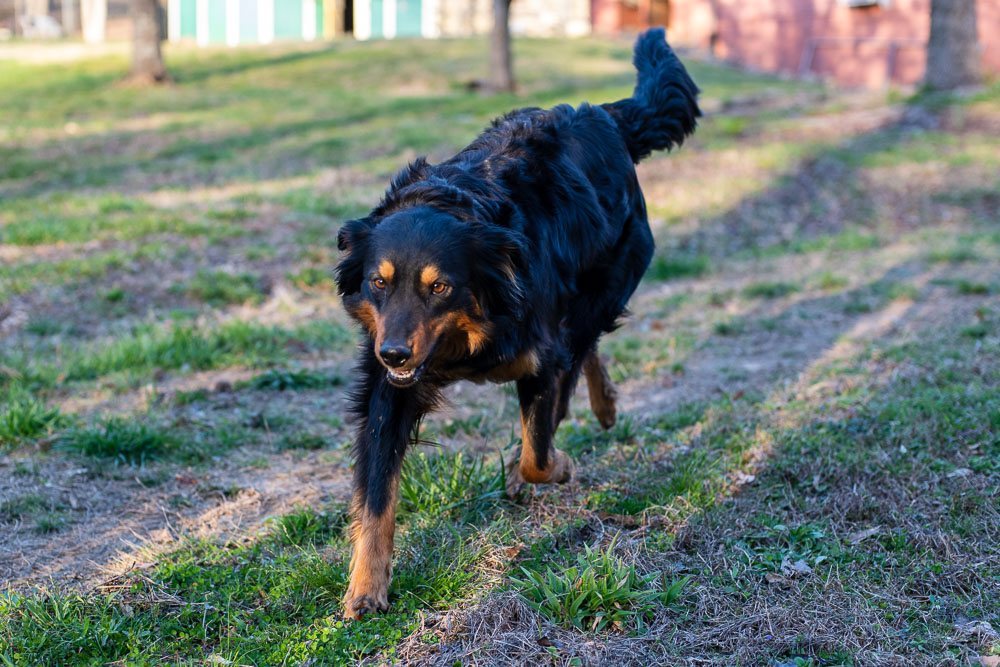Hypothesis
In English Shepherds, coat color changes could be a result of selection for tameness through a process similar to the one observed in Belyaev’s silver fox experiment. The underlying genetic mechanism may involve pleiotropic effects, where certain genes influence both tameness and coat color.
